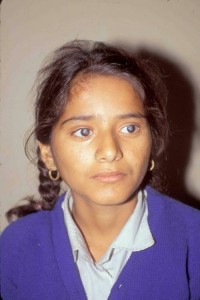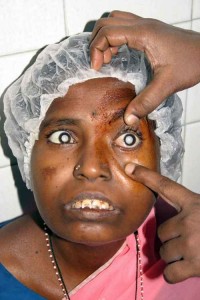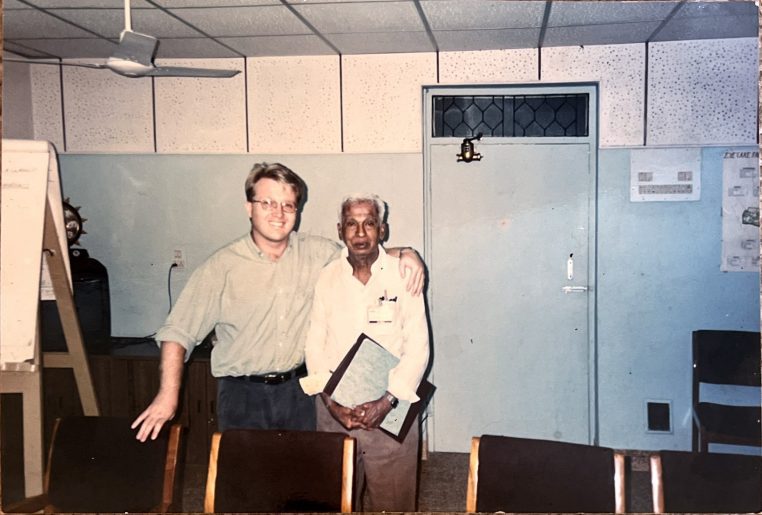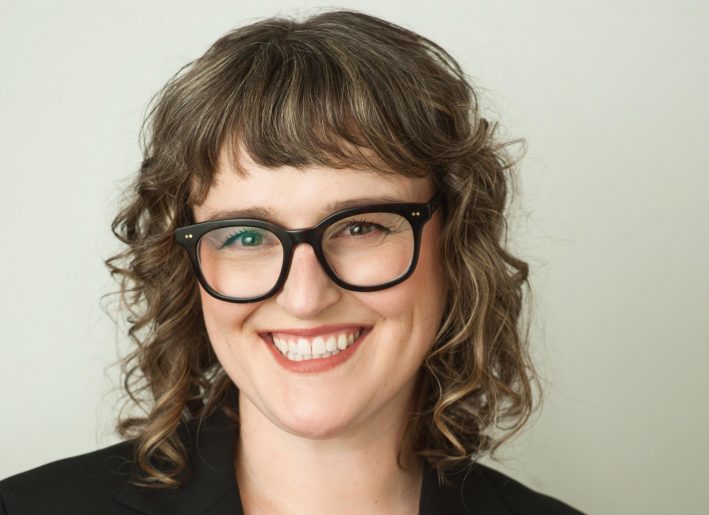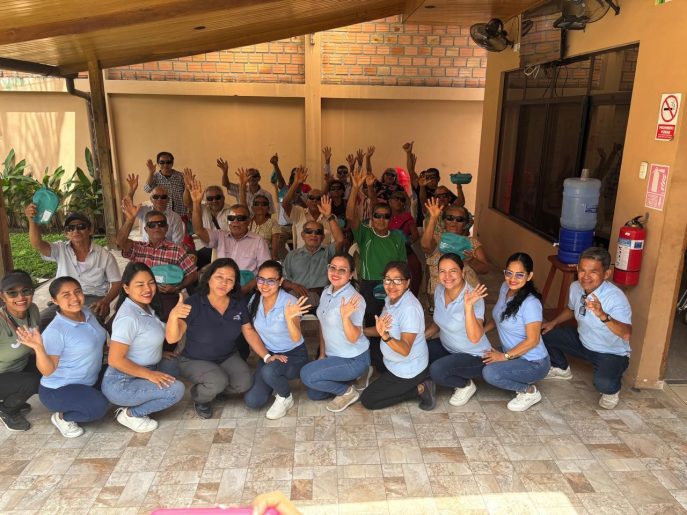Cataract, the clouding of the lens of the eye, occurs with age. Blindness due to cataract occurs with poverty.
In Canada, almost no one becomes blind from cataract. Cataract is diagnosed early when impairment is minimal, and treated surgically, almost always restoring near-normal sight.
In low-income countries, almost everyone with cataract becomes blind. Cataract is diagnosed late when impairment is severe. When possible, cataract surgery occurs, almost always restoring near normal vision.
The difference between cataract in high and low income countries is not the condition or its treatment. All populations develop cataract with age. All countries offer similar high quality cataract surgery. Therefore, the difference is timing.
In Canada, cataract surgical services catch people up-stream as they age, before they become blind. In low-income countries, cataract surgical services work down-stream in the deep accumulated pool of older cataract blind.
The problem in most low-income countries is that they developed their cataract surgical service after their population aged beyond 50 years, and 5-10% of them became blind. Their cataract surgical services face this accumulated mass of cases. Meanwhile, the population ages and more and more cases pour in.
In most low income countries, there are five times as many in the pool of blind people needing surgery as the number of people who become blind every year. Even with a large investment in cataract surgical services it takes a decade or more to deal with the backlog, while meeting annual incoming needs.
Seva programs are situated where the backlog is greatest and services are least. As a result, their cataract surgical services require substantial expansion, far beyond those expected by people living in a high income country such as Canada, where cataract blindness is seldom, if ever, found.
Ken Bassett MD PhD is the Program Director for Seva Canada and Director of the BC Centre for Epidemiologic and International Ophthalmology.
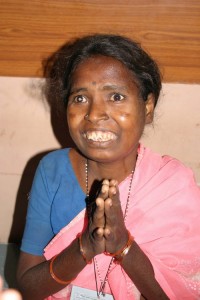
Here is the same Indian woman after having her sight restored in one eye through cataract surgery. Photo by Dr. Martin Spencer for Seva Canada
